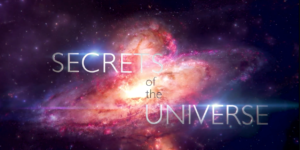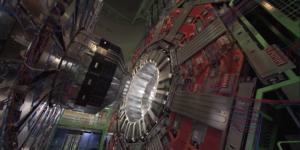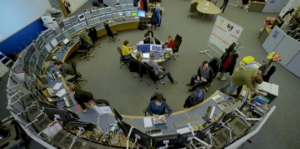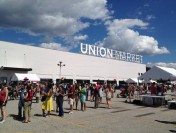
The Smithsonian National Air and Space Museum and executive producer K2 Studios, in association with Perimeter Institute, held the world premiere of SECRETS OF THE UNIVERSE 3D in the museum’s IMAX theatre on Wednesday (July 10). The film is coming soon to Smithsonian’s Lockheed Martin and Airbus IMAX theaters.
The audience was the first in the world to see Secrets of the Universe 3D, which took K2 7+ years to make, and which producers called the “science adventure of a lifetime.”

Excited about bringing science to life, and bringing scientific concepts to children and a broader audience, the film’s team invites guests to travel with scientist Manuel Calderon de la Barca Sanchez as he journeys to the largest machine ever built — the greatest scientific instrument ever created — the Large Hadron Collider (LHC).
Audiences get an inside look at the machine and come to understand just what it means to do science, teaming up for the flag of humanity to solve the universe’s greatest mysteries.
“Part of what I was hoping to portray was the type of work that scientists do. Particularly, the science that we are doing is typically done by the people who in the trenches, our grad students…” says de la Barca Sanchez at the film’s premiere. Many of those grad students appeared in the 3D film and were in the audience for the viewing.

“The goal ultimately is to convey what we do not just to an audience of experts, but also to a broad audience – to anybody that has ever been curious about: What is made of what? Where are we going? And Where did we come from?”
It’s a complex film with science made as simple as it could be, with appearances from a couple of amazing machines used to understand our universe: the James Webb next generation Space Telescope, the Large Hadron Collider, and LIGO Laser Interferometer Gravitational-Wave Observatory (which coincidentally was recently awarded for the first-ever detection of gravitational waves in very the same auditorium as the screening).





